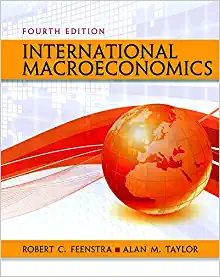Question
This problem considers production and comparative advantage. See the table below. Pennsylvania Maryland Bushels of Soybeans 22 per acre 17 per acre Bushels of Wheat

This problem considers production and comparative advantage. See the table below.
Pennsylvania | Maryland | |
Bushels of Soybeans | 22 per acre | 17 per acre |
Bushels of Wheat | 7 per acre | 12 per acre |
Assume each state has 100 acres of farmland to use. Use the table above to label the graph below. The graph below is an illustration of the combined daily PPF for Pennsylvania and Maryland. Note that to numerically label the graph correctly, you must first find the correct opportunity costs and comparative advantages in production, even though you are not asked to show that work here.
The ultimate result of this problem involves finding the amount of Soybeans and Wheat that are produced at the "kink" in the PPF function as graphed. To do this, you'll have to find out who has the comparative advantage in production, and how many units of total output are produced with specialization. Then, you'll be able to put numbers on the values of X, Y, and Z.
Having done that, examine point Z. If the price of Soybeans is $4 per bushel and the price of wheat is $3 per bushel, what is the total value of goods produced at point Z? . Your answer will be a whole number.

Step by Step Solution
There are 3 Steps involved in it
Step: 1

Get Instant Access to Expert-Tailored Solutions
See step-by-step solutions with expert insights and AI powered tools for academic success
Step: 2

Step: 3

Ace Your Homework with AI
Get the answers you need in no time with our AI-driven, step-by-step assistance
Get Started


